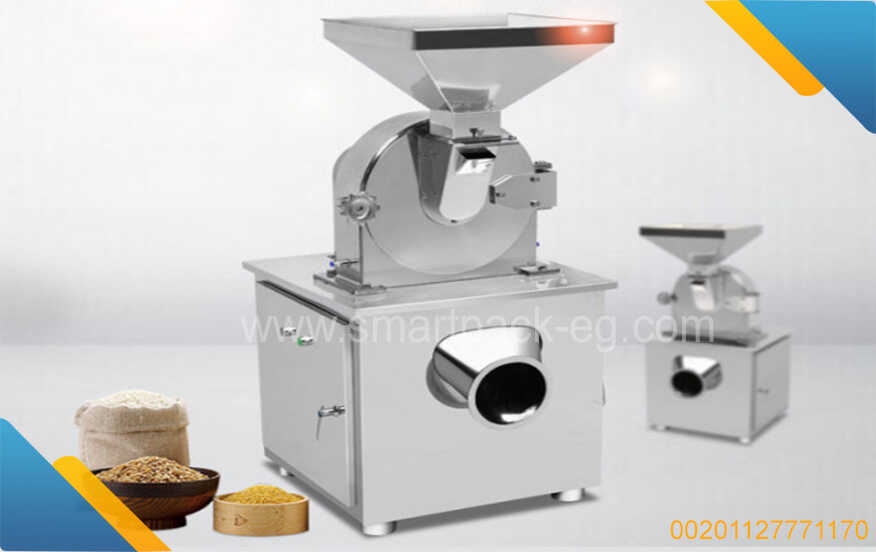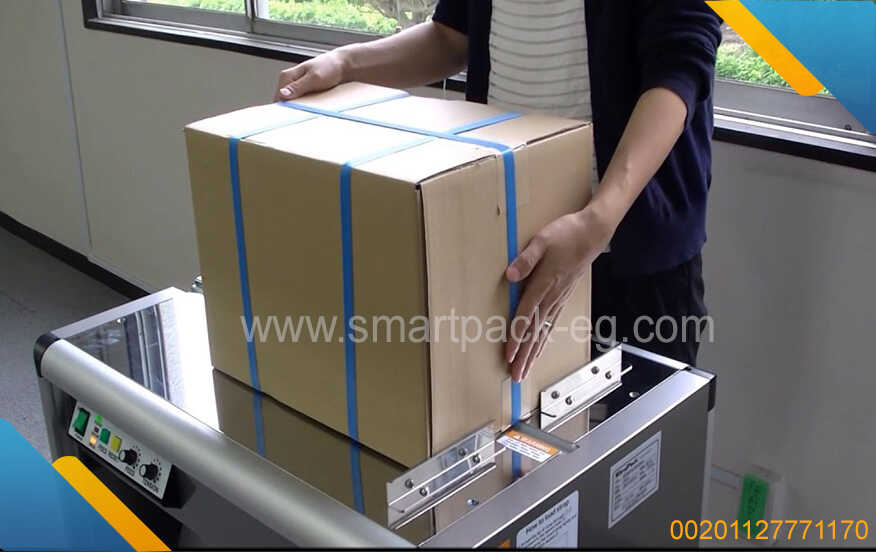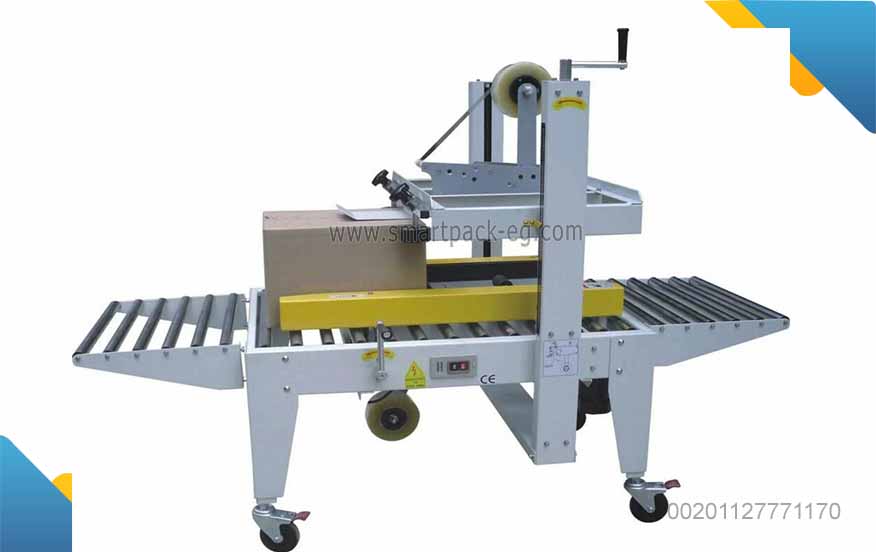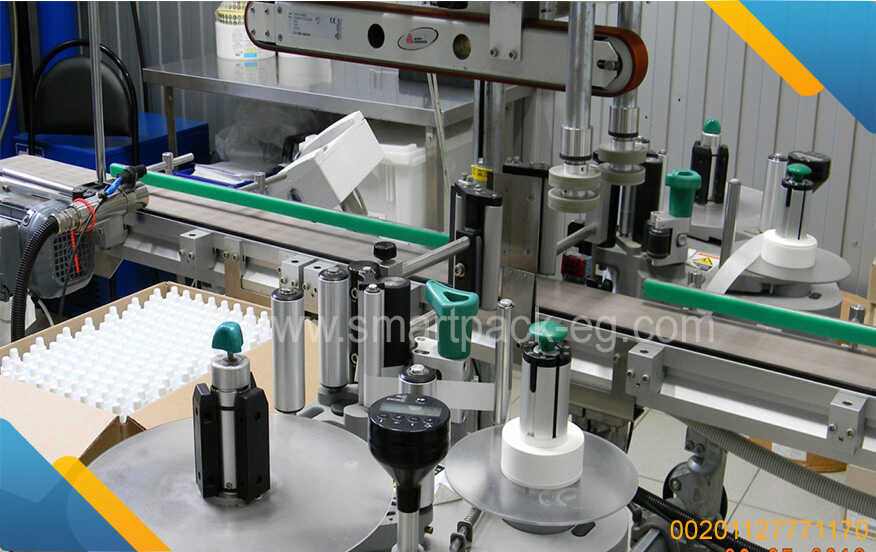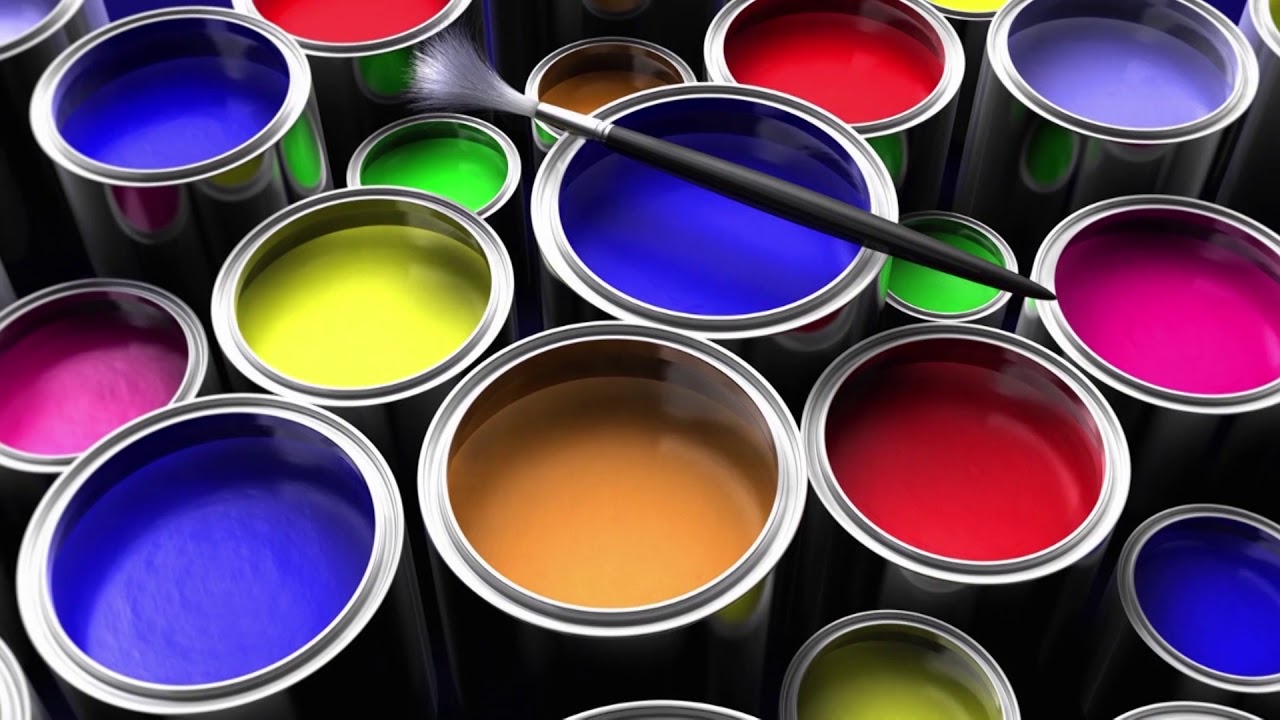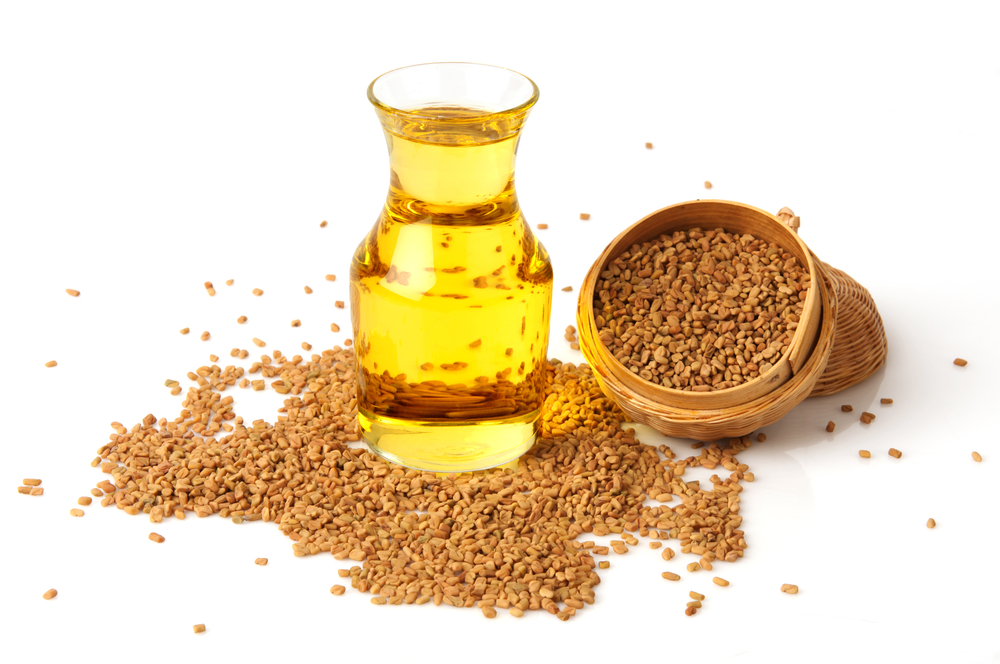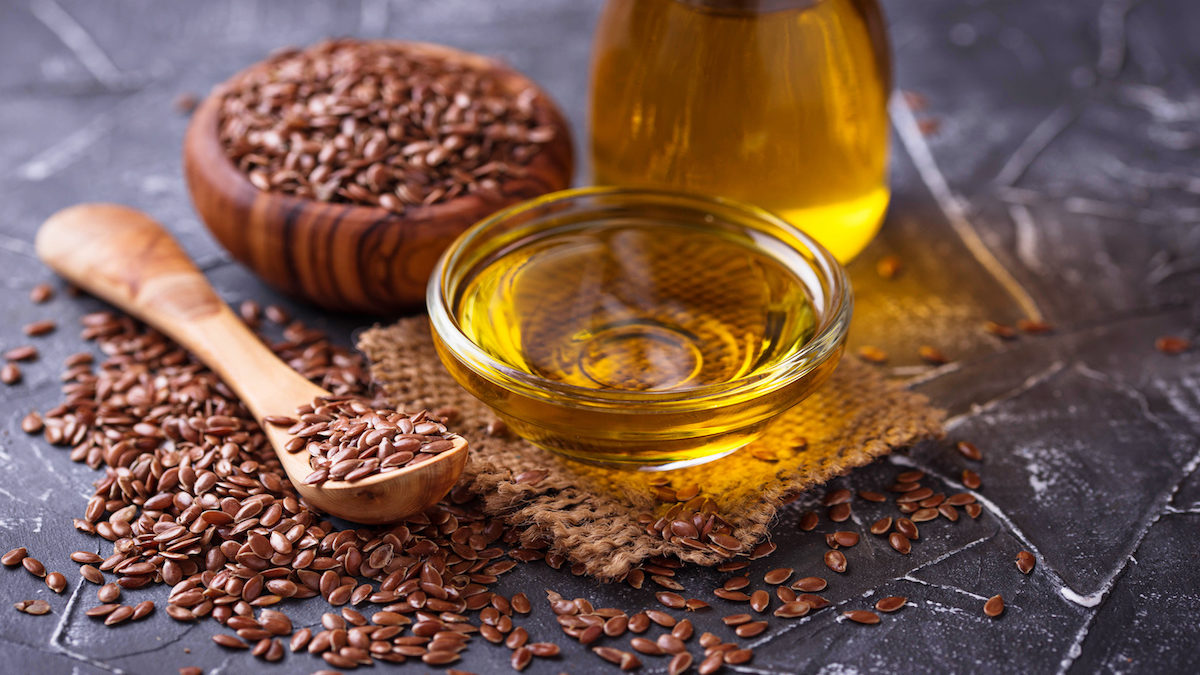Title: A Comprehensive Guide to Bathtub Production and Packaging Factory Machines, Types, and Components
Introduction:
Bathtub production and packaging is a complex process that requires a combination of cutting-edge machinery, skilled manpower, and effective quality control measures. In this guide, we will provide an overview of the different types of machines used in the manufacturing process and discuss the key components involved in bathtub production and packaging.
I. Bathtub Production Machines:
-
Injection Molding Machine:
The injection molding machine is the heart of bathtub production. It is responsible for creating the basic shape of the bathtub by injecting molten polymer material into a mold. The machine consists of a hopper, an extruder, a mold clamping unit, and an injection unit. Different types of polymers, such as acrylic or fiberglass, can be used based on the desired characteristics of the final product. -
Vacuum Forming Machine:
Vacuum forming is another popular method used in bathtub production. This machine heats a plastic sheet until it becomes pliable and then forms it over a mold using vacuum pressure. The vacuum forming machine offers versatility in terms of design possibilities and is particularly used for one-piece bathtubs. -
Thermoforming Machine:
Thermoforming machines are used to heat and shape a plastic sheet into the desired bathtub shape. These machines use heat, pressure, and vacuum to create intricate details on the surface of the bathtub. They are ideal for producing bathtubs with complex designs or for adding texture to the surface.
II. Bathtub Packaging Machines:
-
Shrink-wrapping Machine:
Shrink-wrapping machines are commonly used for packaging bathtubs. These machines use heat to shrink a plastic film tightly around the bathtub, providing protection during transportation and storage. Shrink-wrapped bathtubs also reduce the risk of damage from dust, moisture, or scratches. -
Stretch-wrapping Machine:
Stretch-wrapping machines are employed to hold multiple bathtubs securely together with a stretchable plastic film. This method is suitable for packaging bathtubs in bulk quantities, especially for shipping purposes. Stretch-wrapping ensures stability during transit and minimizes the risk of damage.
III. Key Components in Bathtub Production:
-
Molds:
Molds are essential components in bathtub production. They are tailor-made based on the desired shape, size, and design of the bathtub. Molds can be made from a variety of materials such as wood, metal, or composite materials and are crucial in achieving consistent and accurate bathtub shapes. -
Control Systems:
Control systems are critical in maintaining process parameters and ensuring the quality of the final product. These systems monitor parameters such as temperature, pressure, and timing, ensuring that the machines operate at optimal levels. Automatic control systems also help in minimizing human errors and improving efficiency. -
Quality Control Equipment:
To ensure quality, various inspection equipment is used during the production process. These include measurement devices, such as calipers and thickness gauges, to maintain dimensional accuracy. Additionally, visual inspection systems are employed to detect surface defects, scratches, or color imperfections.
Conclusion:
The world of bathtub production and packaging heavily relies on advanced machinery, skilled operators, and consistent quality control. This guide provided an overview of the machines used for bathtub production, including injection molding, vacuum forming, and thermoforming machines. We also covered the packaging processes involving shrink-wrapping and stretch-wrapping machines. Lastly, we discussed the key components, such as molds, control systems, and quality control equipment, that contribute to the production and packaging of high-quality bathtubs. With this knowledge, you can better understand the intricate processes involved in bathtub manufacturing and ensure the production of superior products.

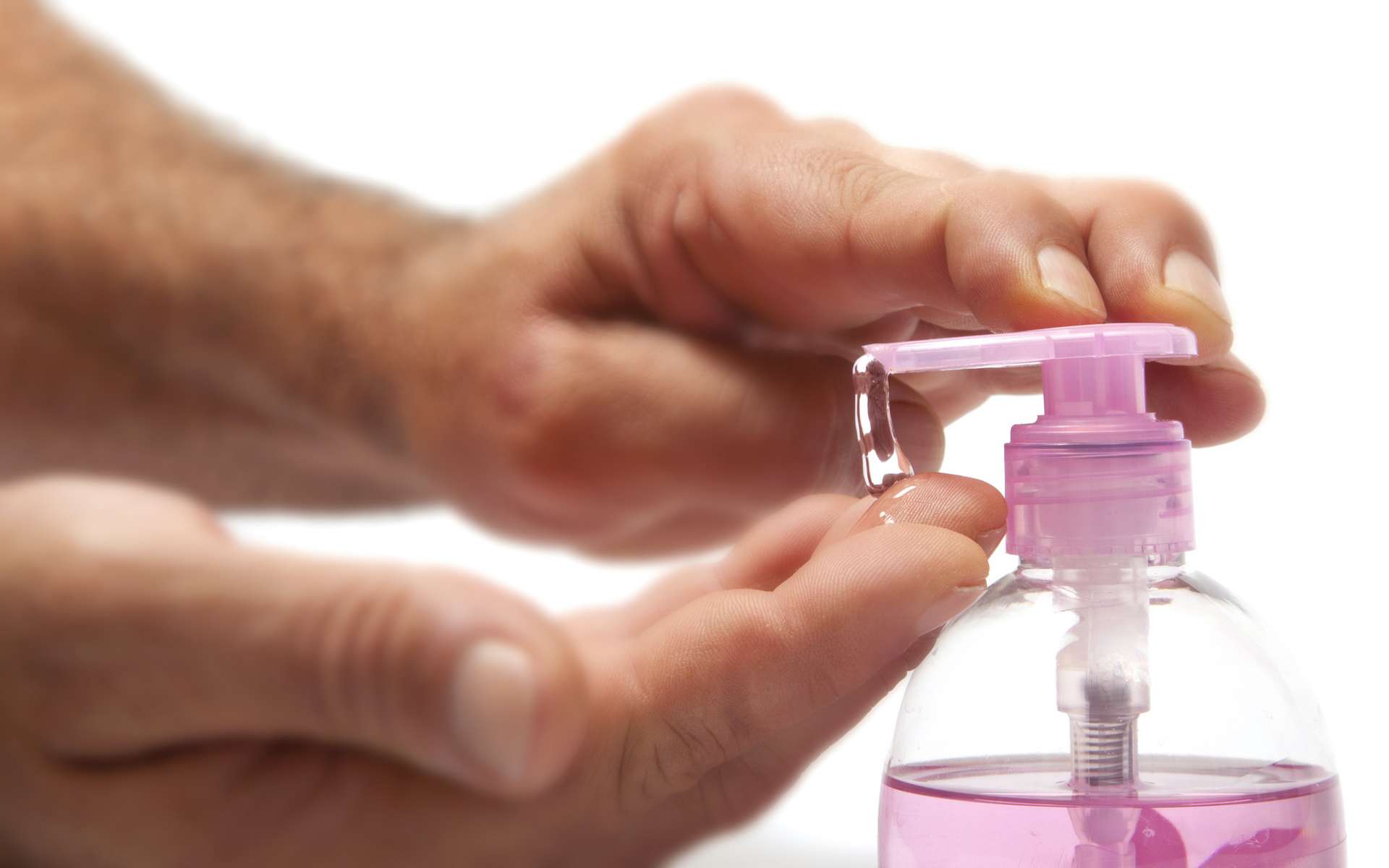
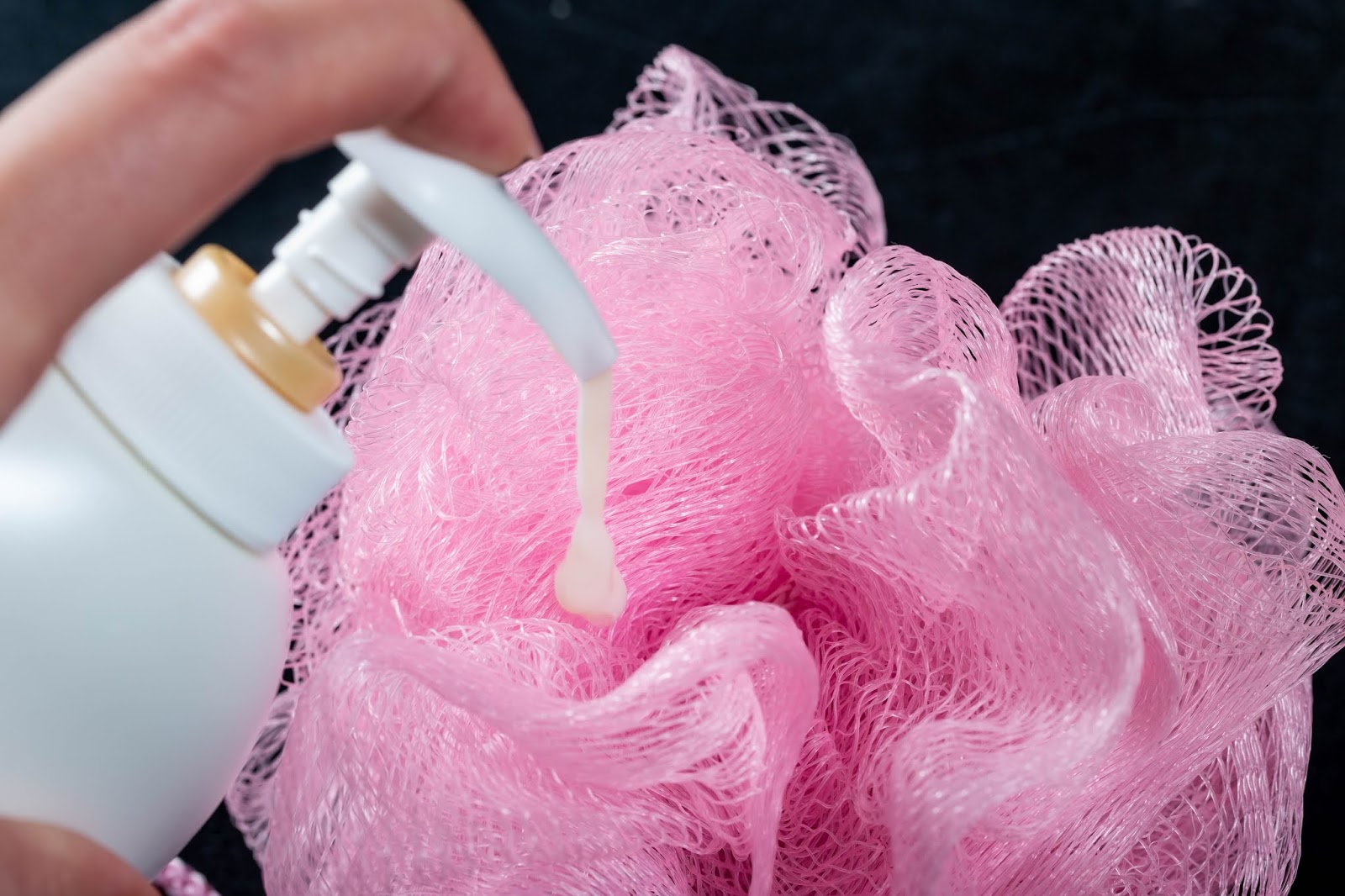
 Admin
Admin 